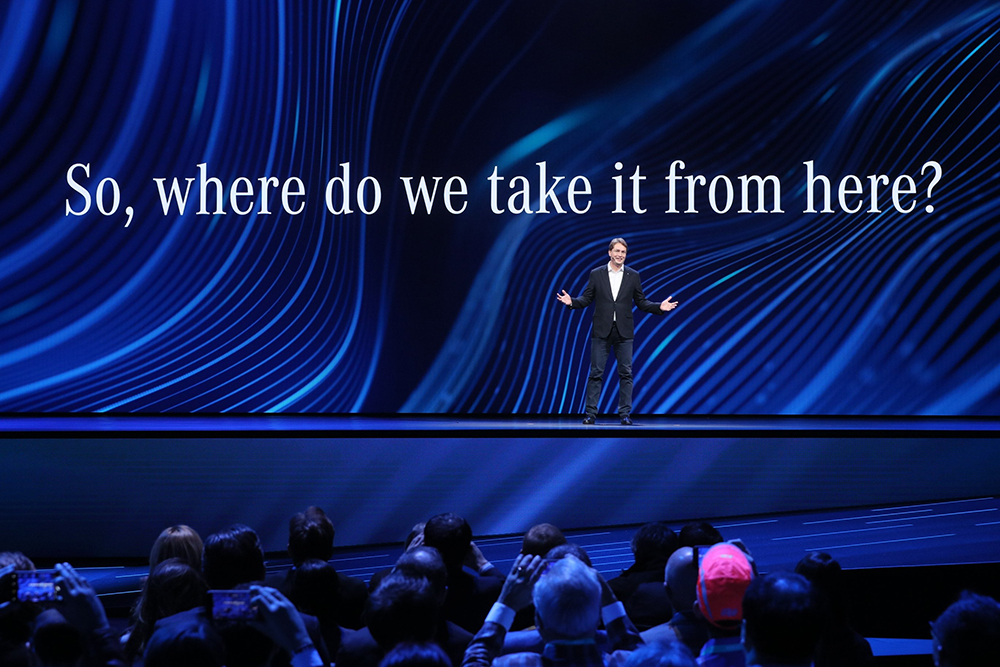
January’s Consumer Electronics Show (CES) 2020 in Las Vegas continued its long tradition of showcasing the most innovative and quirky gadgets – from BrainCo’s prosthetic hand, which works with an amputee’s brainwaves, to a robot from Charmin which will help you use toilet paper and a toothbrush.
The event’s organiser, the Consumer Technology Association, attracted ire for the choice of Ivanka Trump, daughter of the US president, as a keynote speaker. But there were a lot of ITS-related topics being batted around - for example, Wolf-Henning Scheider of ZF emphasised the importance of advanced driver assistance systems (ADAS) and autonomous driving for the future of mobility, while Daimler CEO Ola Källenius spoke of the “biometric connection between the car and the driver”.
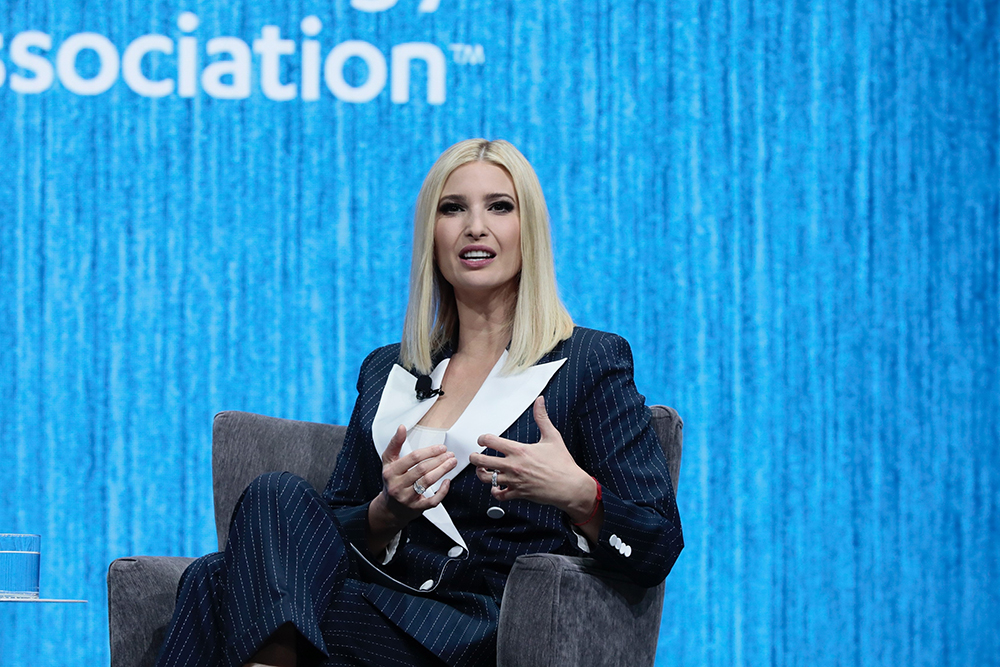
However, it was CES 2020’s focus on issues such as flying taxis and smart technology which served as the real magnet for ITS professionals. Away from the show floor, conference sessions were full of heavy hitters underscoring what must be addressed for the widescale deployment of autonomous vehicles (AVs), funding for smart city infrastructure and overcoming challenges surrounding door-to-door mobility.
AV deployment
AV technologies are not advanced enough to enable widescale deployment, according to US secretary of transportation Elaine Chao. “As development continues in the years ahead, the federal government’s areas of focus in protecting users and communities is to prioritise safety,” she explained. “We have also got to emphasise security, especially cybersecurity, and we’ve got to address public concerns about increasing mobility and accessibility while ensuring privacy and data security.”
Chao elaborated that the “barometer for success” will be in an AV’s ability to improve the safety, security and quality of life for all Americans. “That will be the result of these and other transportation initiatives and innovations currently underway,” she added.
Commenting upon transportation, Chao described current technologies as “synonymous with innovation”. “Transportation is going to be as instrumental in America’s future as it has been since our nation’s founding. At the US Department of Transportation, we are preparing for the transportation system of the future,” she concluded.
In a session which was also live-streamed to a packed and equally sizeable crowd next door, Michael Kratsios, the White House’s chief technology officer, described the AV 4.0 document as a “big step for AVs broadly as a market and the federal government”.
AV 4.0 offers a range of guiding principles for autonomous technology as part of a partnership between the US DoT and the White House. The guide is expected to help inform collaboration while establishing principles around protecting users and communities, promoting efficient marks and facilitating coordinated efforts.
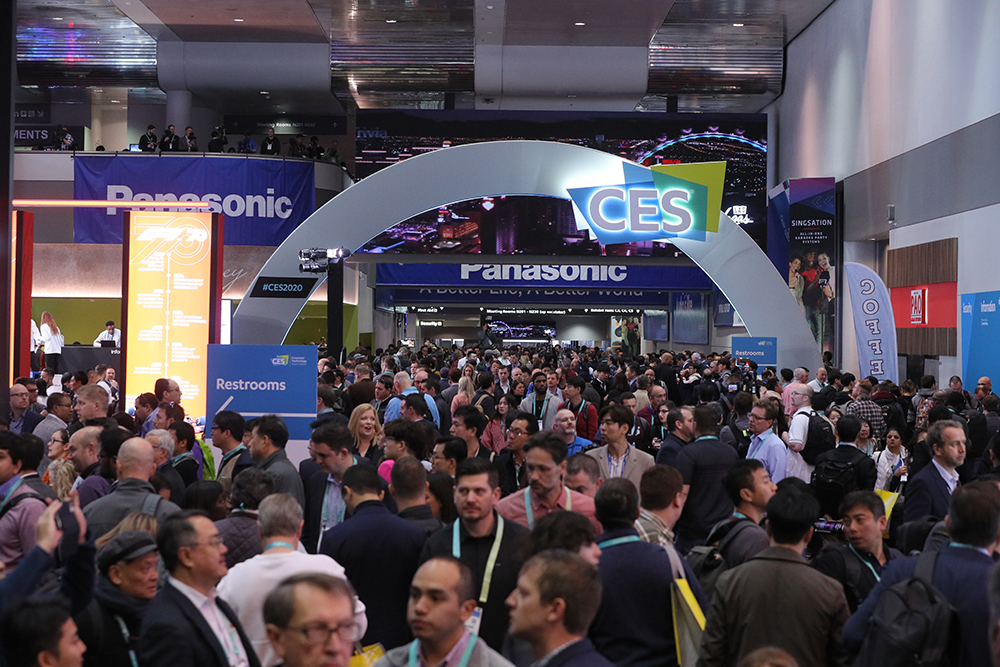
“If you go and read the document, you will be able to go and find resources to better understand how individual agencies are working toward the pieces of a larger AV puzzle,” he beamed. “The second thing, what separates the federal government from many competitors, is that we have lots of agencies doing AV-related research, being done in the National Science Foundation and Nasa, and they want to bring all these efforts together.”
Chao’s optimism for the future of transportation was mirrored by an array of vehicles and technology on display in the show’s automotive hall - but there are also problems. Transportation is a key focus for smart cities because it has been one of the ‘dumbest’ industries up until now, said Laura Schewel, co-founder of StreetLight Data.
Speaking at a conference session in the bustling Westgate area, she explained: “Transportation is the largest single source of carbon emissions in the US and soon it will be the largest source of carbon emissions in the world.” Her company has been working on increasing the understanding of transportation behaviour, which includes making sure that bike lanes are put in the right place.
“It seems like a very simple act, but infrastructure decisions last decades and they deserve the most data-driven and smartest implementation,” she added.
Wayfindr chairman Tom Pey, another speaker at ‘The Reality of Smart City Development’ session, expressed concern at the way AVs are being advertised. “If you walk around CES, you get driverless cars, but they’re not advertising the fact that these cars could be used by people in wheelchairs or people who are deaf,” he said. “None of these things seem important to the marketing effort and that causes me some real discomfort, because if people don’t solve the totality of problems for everybody in smart cities then the vulnerable will be really left behind.”
Pey clarified that a vulnerable person could also be a person with mild dementia who is locked in their home and unable to go out. “With simple aid built into the city they could be reminded of where they were - or if they got lost, they could be found very quickly,” he continued. “There’s lots of things that need to be put to the top of the agenda, and I think more cities have got to look at this because vulnerability in a smart city is a very serious condition.”
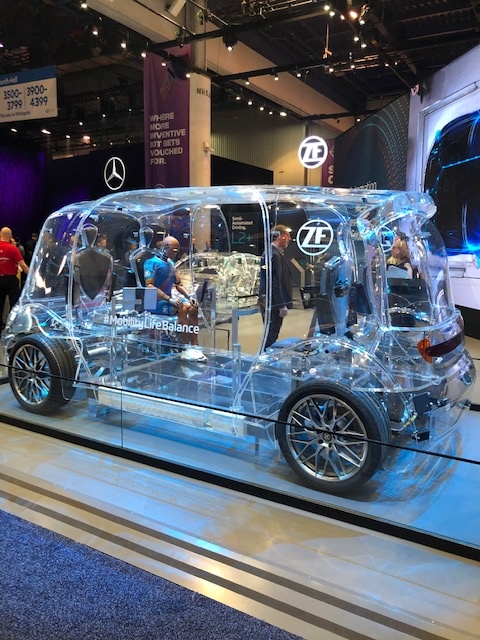
Schewel claimed that Big Data companies are “selling the idea” to cities that value will emerge if data is pushed into the cloud. “If we are talking about data monetisation, fundamentally we are always talking about advertising - and if we fund a smart city on an advertising backbone, I don’t think we’re going to get the things we want out of it,” she continued. “I think we have to keep doing the very hard work of getting funding to the cities so they can pay for most of their own smart city infrastructure.”
Infrastructure key
Taking the debate on autonomy beyond the release of AV 4.0 and the need to include vulnerable people, CES offered room to address the importance of infrastructure.
Infrastructure is going to be a key aspect for enabling AVs on roads, says Marcus Welz, CEO of Siemens Mobility Intelligent Traffic Systems North America.
Siemens has built an application for connected vehicle technology where warnings are sent to a driver if a pedestrian or vulnerable user steps into the intended path.
“By constantly comparing the movement of vulnerable road users with the position, direction and speed of the vehicle, we can plot potential crash trajectories in real time and inform the vehicle to brake,” he explained. “Autonomous driving can very well be a part of the answer on how to improve mobility in cities, but we also have to think about the impact because frankly, a traffic jam with no human driver is still a traffic jam.”
To improve urban mobility, Welz told the CES 2020 audience that cities need an efficient and attractive transit system. In a session called ‘Connecting the Dots for Mobility Solutions’, he said: “We want to enable cities to integrate all modes of transportation into one system and help them offer citizens door-to-door mobility.”

He referred to a project in which Siemens worked with the US city of Columbus to integrate all the existing modes of transportation in a move which allows users to plan, book and pay for a trip with one app.
“Having their own app allowed the city to get feedback about the various transportation services. Frankly, only with such technologies can cities stay on top of the various mobility solutions and own what it is really happening,” he concludes.
Commenting on the challenges for establishing door-to-door mobility, Seleta Reynolds, general manager at Los Angeles DoT, said the “trick is going to be around figuring out that payments piece”.
“We decided to figure out how to create the connective tissue between the analogue APIs in the physical world and the digital version of our streets,” she continued. “We built a system in open source in a way to create a digital version of the city that private companies can come into the city and get information about where we may have street closures or where we may want to change the operation of a street.”
While challenges surrounding autonomy and mobility have yet to be resolved, the conference sessions at CES demonstrate a willingness to address all areas of the debate in the pursuit of an autonomous future that works for everyone.
Here and Verizon walk the walk
Here CEO Edzard Overbeek (left) said: “Our partnership with Verizon not only allows us to tap into the innovation potential of 5G but also highlights what is possible when this technology utilises location intelligence: connected services that are designed to make our world safer and more efficient.”

Here will provide Verizon with access to a range of location data, software development kits (SDKs) and application programming interfaces (APIs) from its platform. Both parties also plan to develop connected services for the transport industry and smart cities.
This service combines Here’s HD Live Map and Live Sense computer technology with Verizon’s 5G Ultra-Wideband capabilities to create a Vehicle to Network communication system. Live Sense SDK identifies vehicles, pedestrians, bicycles and barriers from a vehicle-mounted mobile phone. This data will then be sent to Verizon’s 5G Edge, where the Collision Avoidance AI predicts likely travel paths and warns vehicles of impending potential collisions, Here says.
The partners will also develop a visual positioning service (VPS) with the aim of enabling near-instantaneous identification of a specific location with sub-metre accuracy using image capture. Here’s proprietary 3D positioning algorithms analyse images in near real time via Verizon’s 5G Ultra-Wideband network and 5G Edge multi-access platform, the company adds.
According to Here, VPS complements GPS because it does not rely on a remote server and is less hindered by tall buildings.
Laura Cochran, head of product, Verizon Location Technology, commented: “By harnessing the power of Verizon 5G Ultra-Wideband and 5G Edge, along with Here’s proprietary 3D positioning algorithms, we are driving together toward a safer and more precise future.”
Up in the air
Vehicle autonomy could be realised more quickly in the air than on the ground, according to Bell Textron’s vice president of innovation, Scott Drennan.
Speaking at a packed out conference room, Drennan acknowledged that air taxis will require human pilots for safe deployments, but emphasised that the economic potential of the system can only be realised through an “autonomous state”.
“I think there is structure, and in the air that allows us to do it more cleanly and it’s a little easier in terms of decision-making than some of the ground scenarios that I’ve read about,” he continued. “The other thing to remember is that autonomy doesn’t just come from the nexus vehicle; it comes from the digital and physical infrastructure and it also involves communities and government agencies.”
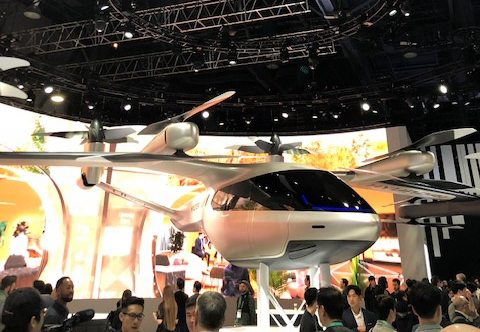
At the same session, ‘Ground or Aerial: Which Will Win Autonomy?’ Parimal Kopardekar, director of the Nasa Aeronautics Research Institute, said research is being carried out into the barriers that need to be overcome with a focus on aircraft, aerospace and infrastructure.
“We focused on urban air mobility maturity levels, which is to start low-density aerospace and slowly increase to high-density.
As part of that continuum, you start with the pilot but slowly increase the autonomy of the cockpit, infrastructure and aerospace system to enable the high complexity of the operations,” he added.
Safety considerations
Despite these advances, Hasan Ikhrata, executive director at San Diego Association of Governments, warned that the technology will not work without receiving up-to-date information in a dynamic way.
“Privacy is important, and people in San Diego say ‘what about my privacy?’ Well, if you have a cellphone today you’ve lost half of your privacy,” he continued. “We need to solve this problem because this gets into how do you design the urban system.”
Jodi McCarthy, deputy associate administrator at the office of international affairs and environment at the Federal Aviation Administration, described urban air mobility as “one piece of a much larger aviation advancement piece of the future”.
“I think community involvement is critical in letting people know that safety, privacy and security is a great consideration. We will also have a noise component, whether it is real or perceived, that we will have to address.”
Noise does not appear to be an issue for Drennan, who claims that Bell is designing a vehicle with a “radically different noise profile than traditional helicopters and VTOL [vertical take-off and landing] aircraft”.
“So take that message from me and Bell and bring it out to communities today and start telling people that the cost of the vehicle and the noise it creates and the integration in the community are going to be great as well,” he concluded.
(All images credit: CES®)





